It was with an air of authority that I informed people that we were starting our summer holiday in Napoli this year. I felt rather pleased with myself that I was attempting to educate my children at the sites of Pompeii and Herculaneum before descending onto the Italian Coast.
Pompeii and Herculaneum – one man’s work is another man’s play.
1 September 2017
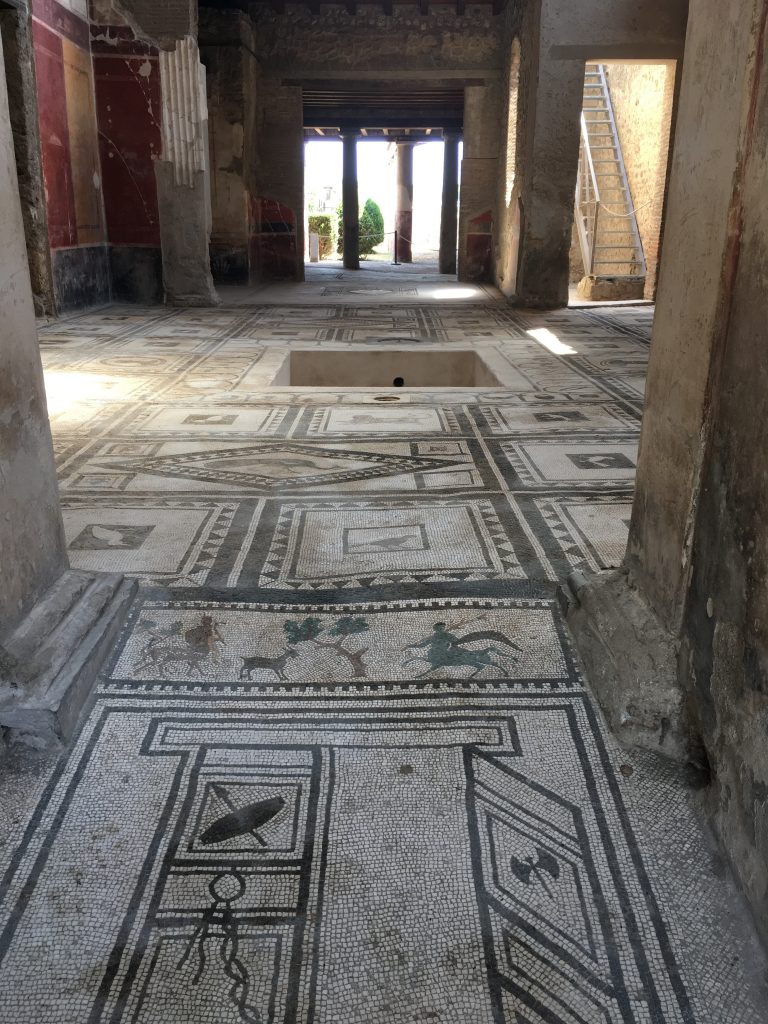
One of the first things I learnt was the Roman concept of ‘Otium ‘, leisure and inactivity, and ‘Negotium ‘, the work aspect of Roman life and business. It is sometimes hard as an antique dealer to differentiate between work and play. We spend our lives travelling miles to obsess over an object, purchase it, to then spend more time standing in awe obsessing about its every subtle line and beauty. For the children arriving in Pompeii in the blistering heat it was questionable if it constituted work or play. We immediately met our extremely charming guide Glauco who performed a miracle in keeping them engaged.
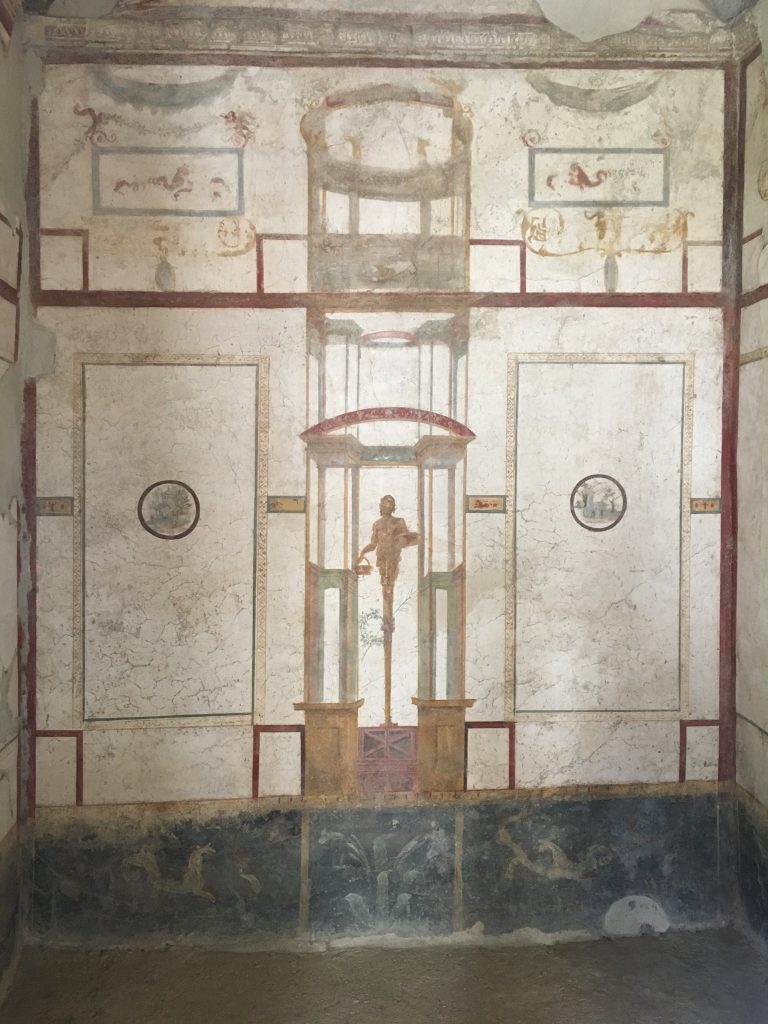
Pompeii, Herculaneum and Oplontis are the most astonishing and magical of places. There is nothing else that equals them, and nowhere else that you can feel the depth and complete sense of Roman life – from the preserved and aesthetically stunning interiors of Roman Villas, to gathering an understanding of the hustle and bustle of street life nearly two thousand years ago. Its shops, forums, graffiti and even brothels remain intact.
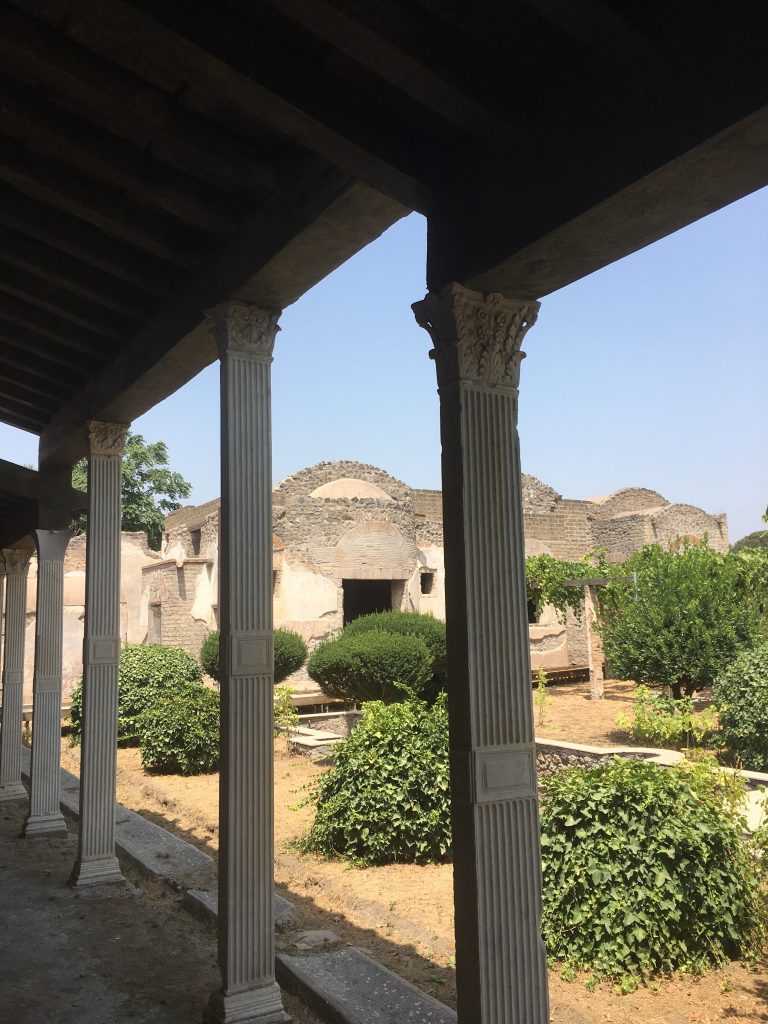
Nearly twenty centuries ago, almost to the date, (August 24th) Mount Vesuvius (the volcano that had laid dormant for over eight hundred years) erupted, freezing Ancient Roman life in time. It was discovered by chance at the beginning of the eighteenth century, during an excavation of a well, by the Austrian Prince d’Elboeuf. It opened up a whole new world, flooding the eighteenth century with ancient Greek and Roman motifs – the very essence of what would become the foundation of country house taste. Shop counters embellished with ancient marbles from across the empire, classic sculpture and a wealth of exquisite Etruscan frescoes decorate the city.
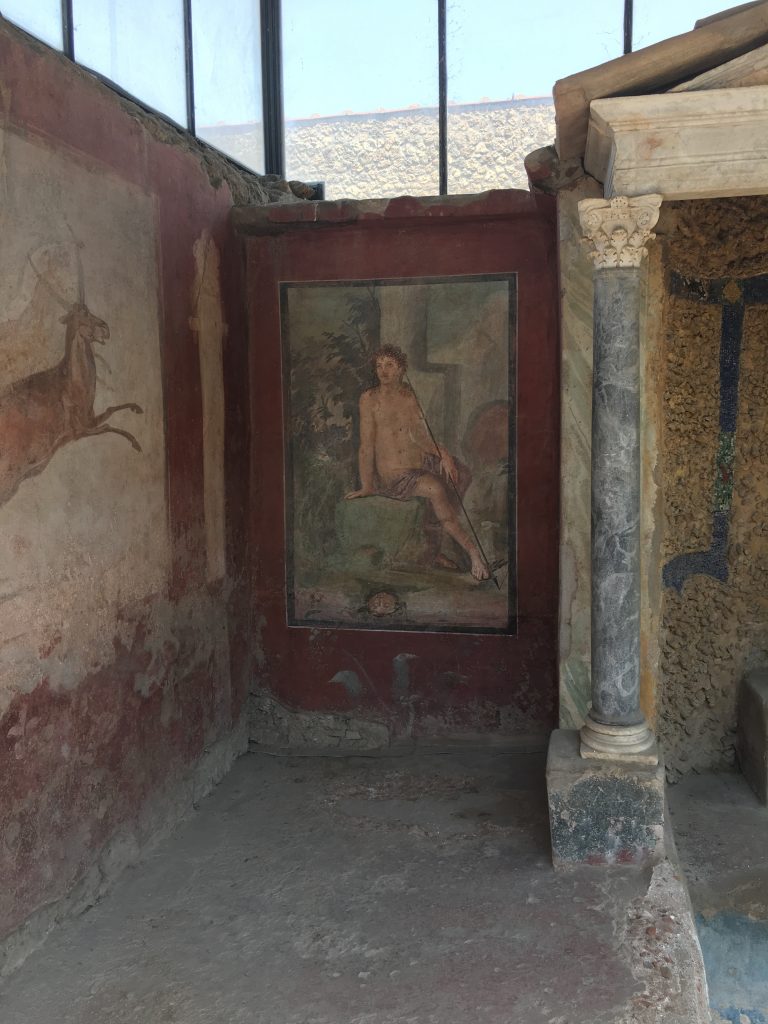
Day one had been a success, Eliza and Monty dutifully towed the line, and were genuinely interested, the outing punctuated by Monty’s urgent need for a wee behind many a monument.
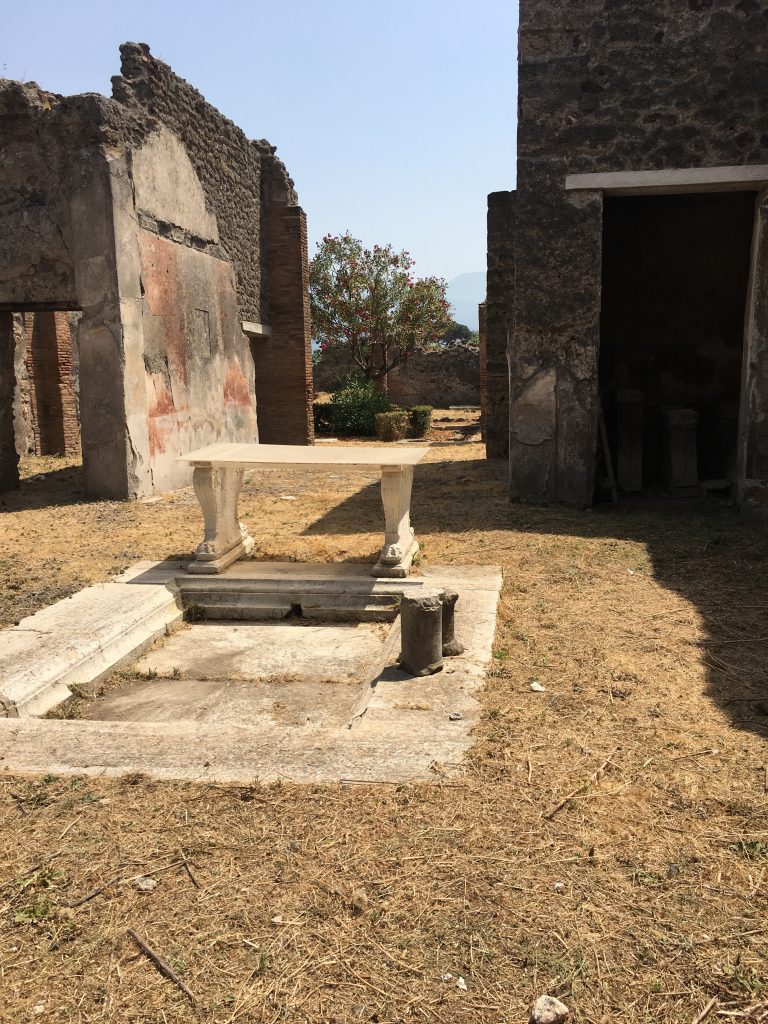
Day two proved to be more of a challenge. Again our tour guide Glauco met us for a tour of both Oplontis and Herculaneum. It was becoming clear to the kids that this trip was definitely falling into the category of ‘negotium’ (work) and not ‘otium ‘ (play) and in turn they were going to make it negotium for us. The wheels started to come off in Oplontis, a stunning Villa owned by the wife of Emperor Nero, Poppea Sabina.
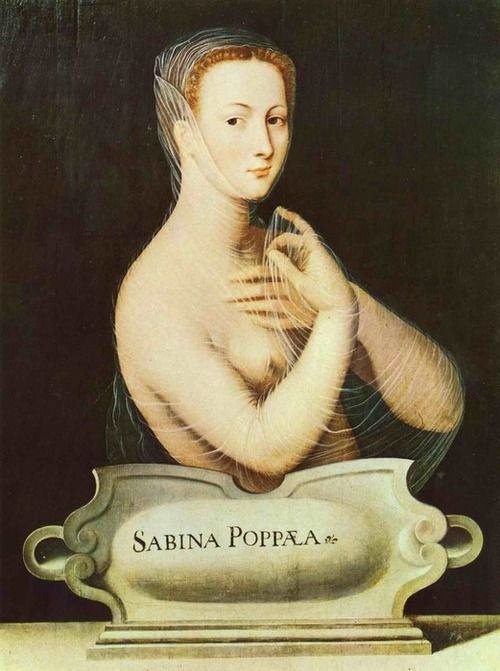
The frescoes are the most opulent in existence. The richness of the colour scheme cannot be compared, and was the greatest indication of wealth.
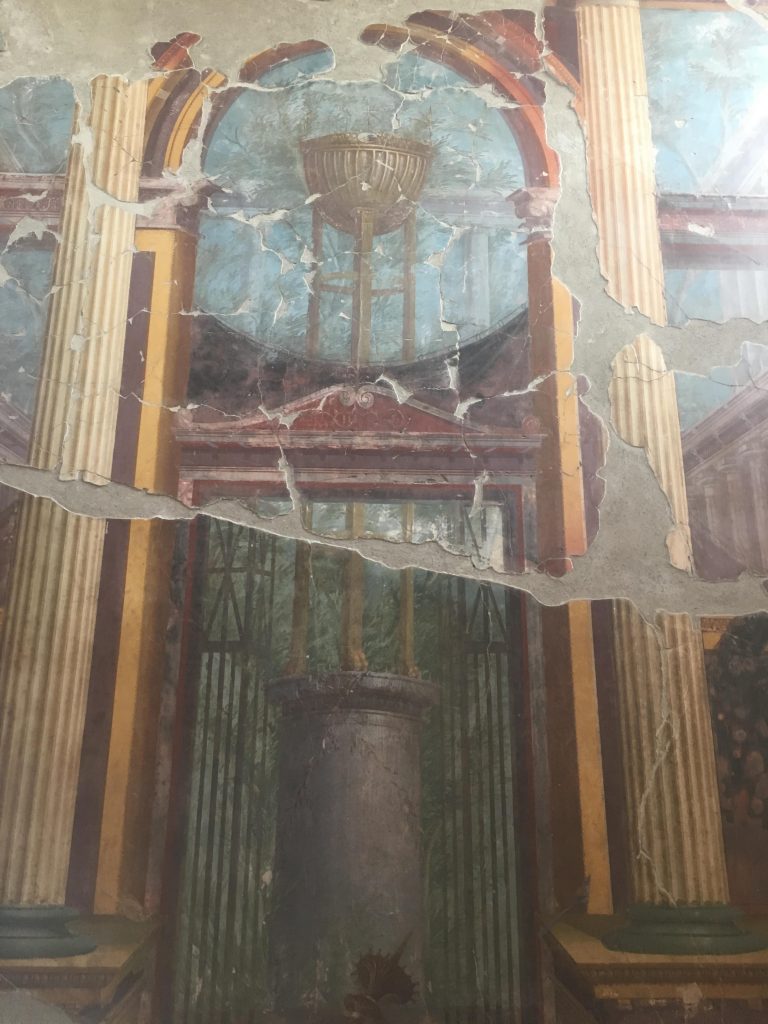
After the discovery of Pompeii, ‘Pompeiian Red’ became the favoured colour amongst the elite of 18th century Britain, in rooms that would be seen – notably dining rooms.
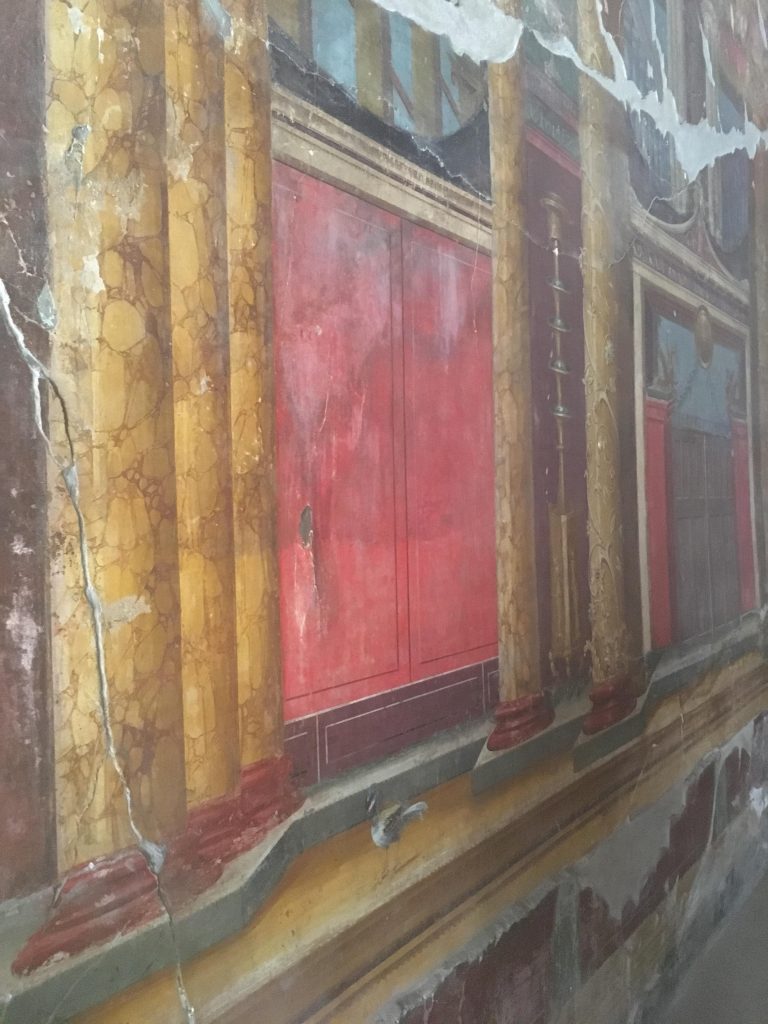
Indeed, in Pompeii and Herculaneum, Vermillion was the most high status pigment made from Cinnabar, closely followed by yellow ochre made from clay containing iron oxide. Blue was very rare as it was made up of ground precious stones – an enormous expense.

When Glauco pleaded with them to ‘Give Daddy his time at Herculaneum‘ they responded that ‘Daddy had already had his time buying jackets in Napoli’ in the morning. It was at this point that Charlotte decided that we had to call it a day and left me with Glauco for the rest of the tour, and headed to the gift shop and ice creams.
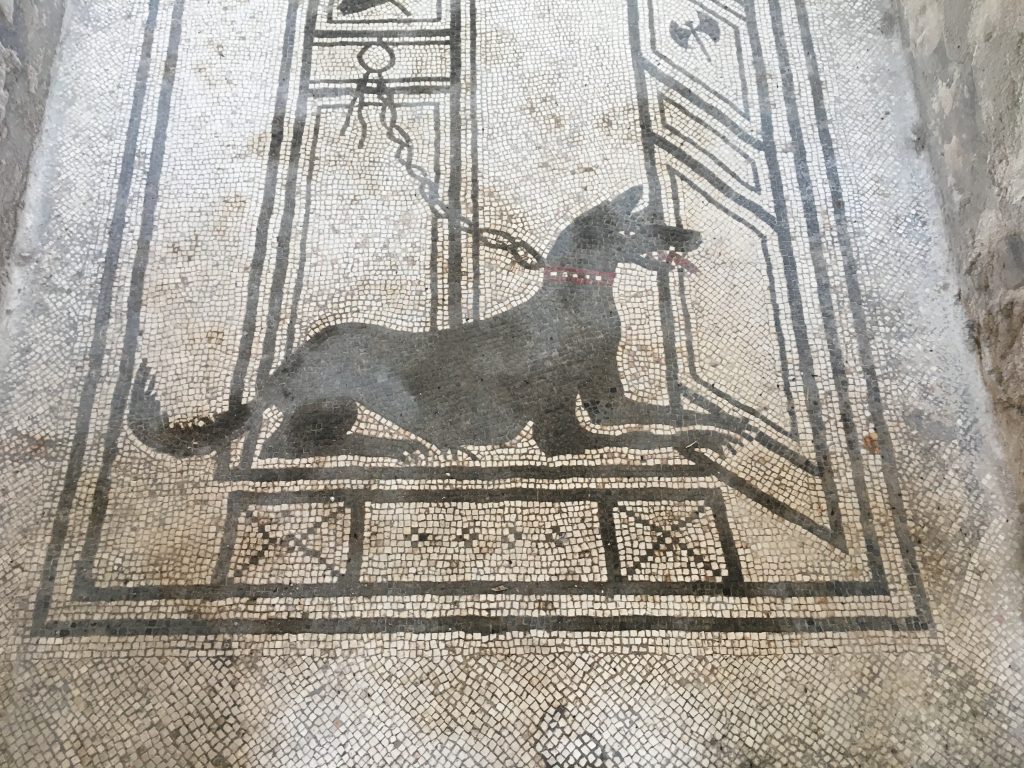
The ancient greeks considered new experiences in their non working hours to be the main purpose of life and luckily for me I was able to return to experiencing one of the most extraordinary and important findings of all time, whilst fulfilling a life long dream.



